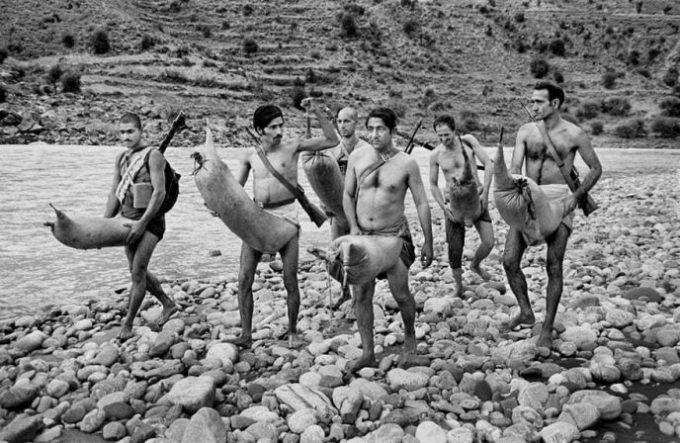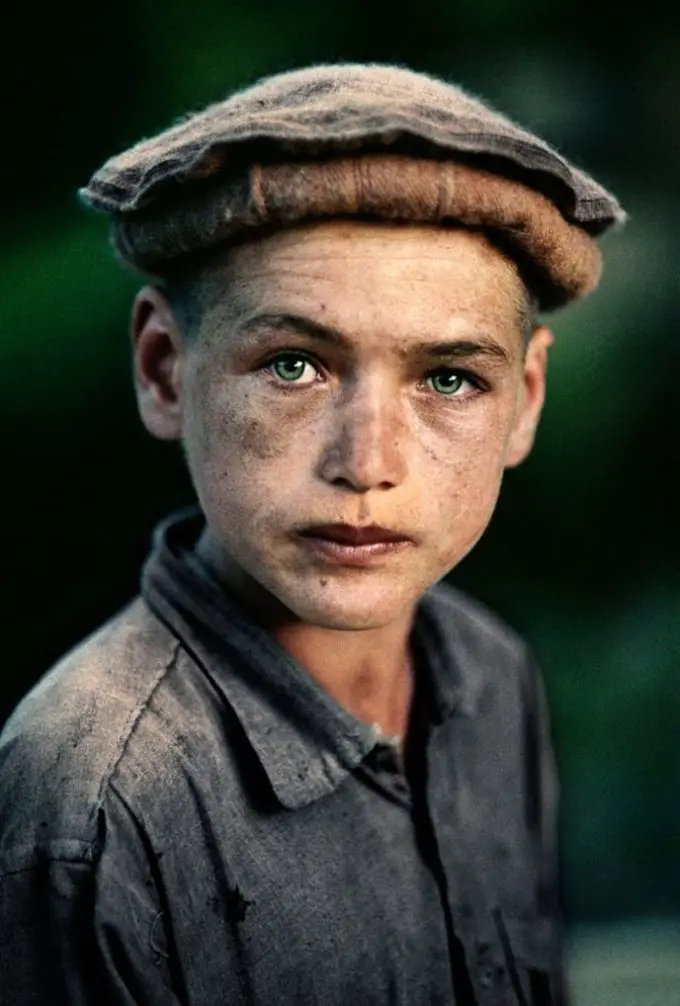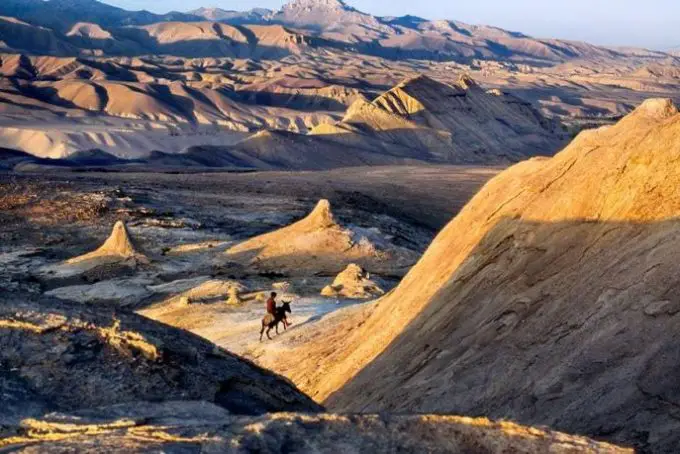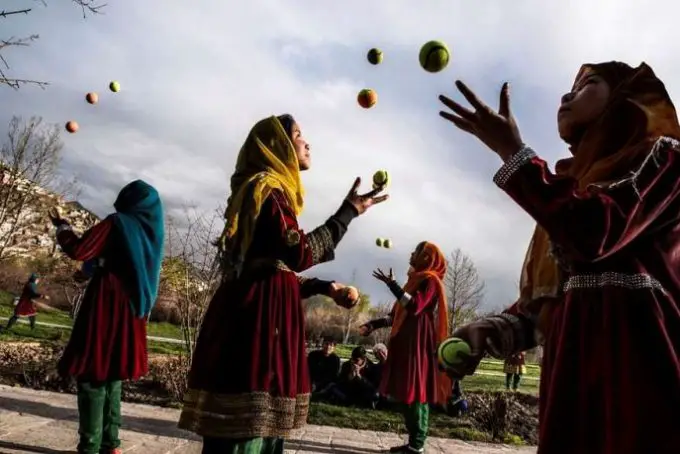Afghanistan is a land of profound contrasts—a country where breathtaking mountains and bustling markets coexist with the deep scars left by decades of war and cultural oppression. While its rich history and vibrant heritage offer glimpses of a nation full of potential, the turbulence it has endured has reshaped the everyday lives of its people in ways few outside its borders can fully grasp.

For many around the world, the simple thought of being born in Afghanistan evokes a deep sense of gratitude for freedoms often taken for granted—not out of arrogance, but from recognizing the unimaginable challenges Afghans face daily. In the 1960s and 1970s, Afghanistan was on the verge of something remarkable.

Cities like Kabul thrived with energy, culture, and a progressive mindset. Women wore Western-style clothing, pursued higher education, and participated actively in media, healthcare, and government. Streets buzzed with music, art festivals brought communities together, and a budding tourism industry introduced curious travelers to the warmth of Afghan hospitality. But everything changed with the onset of political instability, foreign interventions, and the eventual rise of the Taliban in the 1990s. With this rise came a dark era—one that erased the gains of the previous decades. Women vanished from public life. Schools for girls were shuttered. Dreams were banned, sometimes literally. The Taliban, considered a terrorist organization by the UN, the U.S., and many other nations, imposed a brutal form of governance where music was outlawed, art was forbidden, and even flying kites—a cherished pastime—was no longer allowed. Under their rule, society didn’t just suffer; it fell into silence.
But even in darkness, glimpses of light persisted. Rare archival photos offer powerful visual evidence of both the Afghanistan that once was and the one it became. These images show more than landscapes—they reveal stories. A girl with books in her arms, captured before her school closed forever. A crowded bazaar bustling with life before the sound of gunfire replaced the calls of merchants. A determined group of Mujahideen crossing a river with hope and fear in their eyes. A mother in a refugee clinic, holding her child as she waits hours for medical care. These are not just snapshots; they are windows into a world where resilience is the only way to survive. And yet, in recent years, despite ongoing instability, Afghanistan has shown signs of hope.

With international support and internal reform efforts, some progress has been made. Girls returned to schools in urban centers like Kabul and Herat. Women re-entered politics, medicine, journalism, and art. Cafés, libraries, and galleries emerged in cities. Social media became a new battleground—a place where young Afghans shared their voices, their struggles, and their hopes with the world.

Activists emerged, teachers held underground classes, and poets read verses in secret gatherings. Even under the threat of violence, the desire to grow, to change, and to be heard refused to die. Yet, the divide between urban and rural Afghanistan remains stark. While cities inch toward modernity, many villages are still governed by warlords and steeped in traditional conservatism. In one part of the country, young people wear jeans and listen to music; in another, they must hide even the simplest expressions of joy. This split not only complicates development but also highlights the vast spectrum of experiences within a single nation. Afghan youth face agonizing choices: remain and risk their safety to push for a better future or flee and seek security elsewhere. For those who stay, life is a delicate balance of fear and determination. You choose your words carefully, trust sparingly, and dream quietly. Yet countless Afghans choose to remain, to rebuild, and to resist in their own ways. Teachers reopen schools with almost no resources. Doctors treat patients in clinics that barely function. Artists continue to create, often in hiding. These small acts of courage form the backbone of a country still standing, still fighting. It’s easy for those in peaceful nations to forget what a privilege it is to speak freely, walk safely, and pursue an education. To say, “Thank God I wasn’t born in Afghanistan” is not a dismissal—it’s a moment of humility and recognition of how different life could be. The images of Afghan women waiting in clinics, children peeking from tents, and elders sipping tea beside cracked walls remind us that behind every news headline lies a real human being with a story. These are not just survivors—they are symbols of strength, of dignity, of the unbreakable human spirit. Afghanistan’s story is far from over. Its people continue to write it every day through their resilience and hope. The world may move on, but these rare archival photos remain as a record of pain, pride, and the possibility of rebirth. Through struggle, they endure—not just as echoes of a tragic past but as quiet, powerful reminders of what might still be possible.





